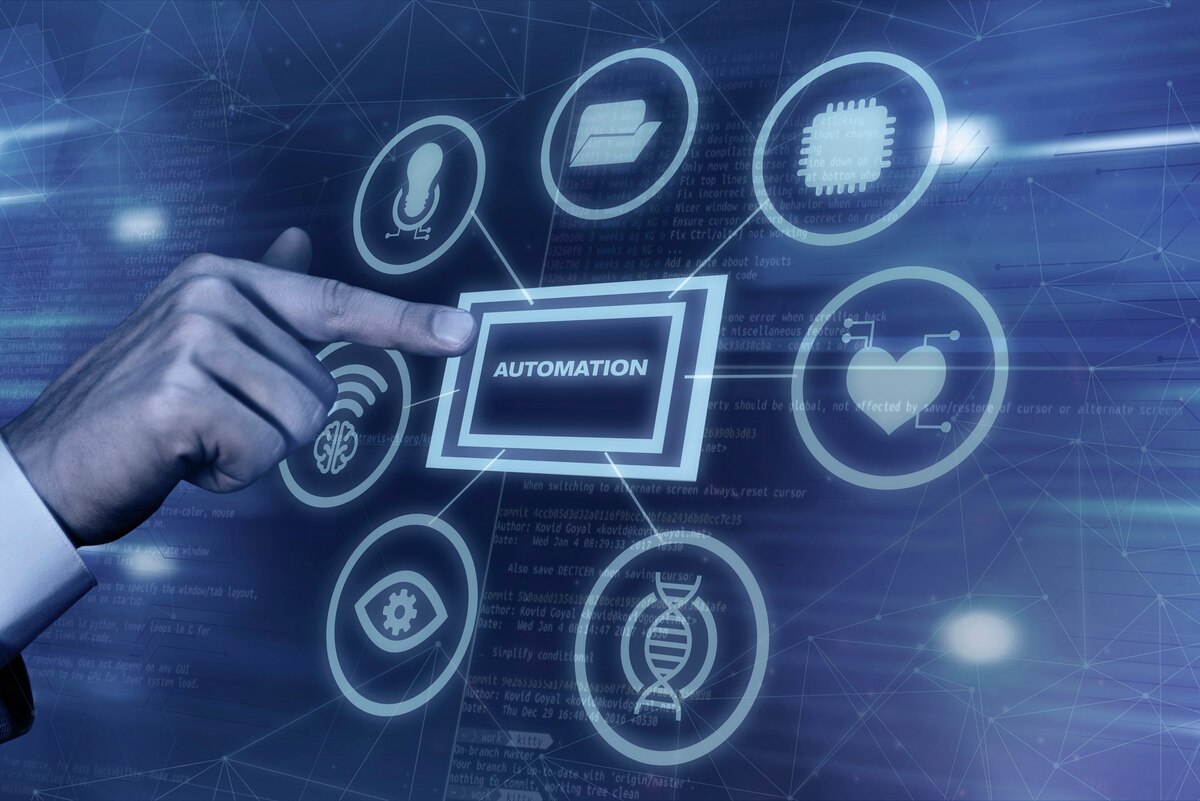In today’s fast-paced world, businesses face increasing pressure to enhance efficiency and stay competitive.Read More
The rise of AI and automation can be traced back to advancements in technology and data analytics. As organizations accumulate vast amounts of data, AI systems analyze and interpret this information more quickly and accurately than humans. Automation streamlines repetitive tasks, allowing employees to focus on more strategic activities. From customer service chatbots to automated inventory management, these innovations are helping businesses operate more efficiently than ever. One of the most significant benefits of incorporating AI and automation into business operations is the enhancement of efficiency. Routine tasks that once required significant time and resources can now be completed in a fraction of the time. For example, automation tools can handle data entry, invoicing, and payroll processing, reducing the risk of human error while freeing up employees to concentrate on higher-value tasks. AI-driven analytics also help organizations identify bottlenecks and inefficiencies in their operations. By leveraging predictive analytics, businesses can forecast demand, optimize supply chain management, and make informed decisions that ultimately save time and money. AI and automation are also transforming how businesses engage with customers. Chatbots powered by AI can provide instant support and answers to common questions, significantly improving response times. This not only enhances customer satisfaction but also allows businesses to operate around the clock without increasing labor costs. Furthermore, AI can analyze customer data to personalize experiences. By understanding customer preferences and behaviors, businesses can tailor marketing efforts and product recommendations, leading to higher conversion rates and customer loyalty. Beyond operational efficiency and improved customer experience, AI and automation are driving innovation within organizations. Businesses can explore new opportunities by automating data analysis and insights generation. For instance, companies can develop predictive models to identify emerging trends, enabling them to adapt their strategies proactively. Moreover, automation allows teams to experiment with new ideas without the fear of overwhelming workloads. This fosters a culture of innovation, where employees can focus on creative problem-solving and new product development rather than getting bogged down in repetitive tasks. Despite the numerous benefits, the transition to AI and automation is not without its challenges. Businesses must consider the potential for job displacement, as automation can replace certain roles. However, the focus should be on reskilling employees and creating new opportunities that leverage human creativity alongside automated processes. Additionally, organizations must invest in the necessary infrastructure and training to implement these technologies effectively. This may involve upgrading existing systems, ensuring data security, and fostering a culture that embraces technological change. In conclusion, AI and automation are transforming traditional business operations in profound ways. By enhancing efficiency, improving customer experience, and driving innovation, these technologies are reshaping the future of work. As businesses navigate this new landscape, embracing AI and automation will be crucial to staying competitive and thriving in an increasingly digital world.The Rise of AI and Automation
Enhancing Operational Efficiency
Improving Customer Experience
Driving Innovation
Challenges and Considerations
Conclusion

AI and Automation: Transforming Traditional Business Operations
In today’s fast-paced world, businesses face increasing pressure to enhance efficiency and stay competitive.Read More
